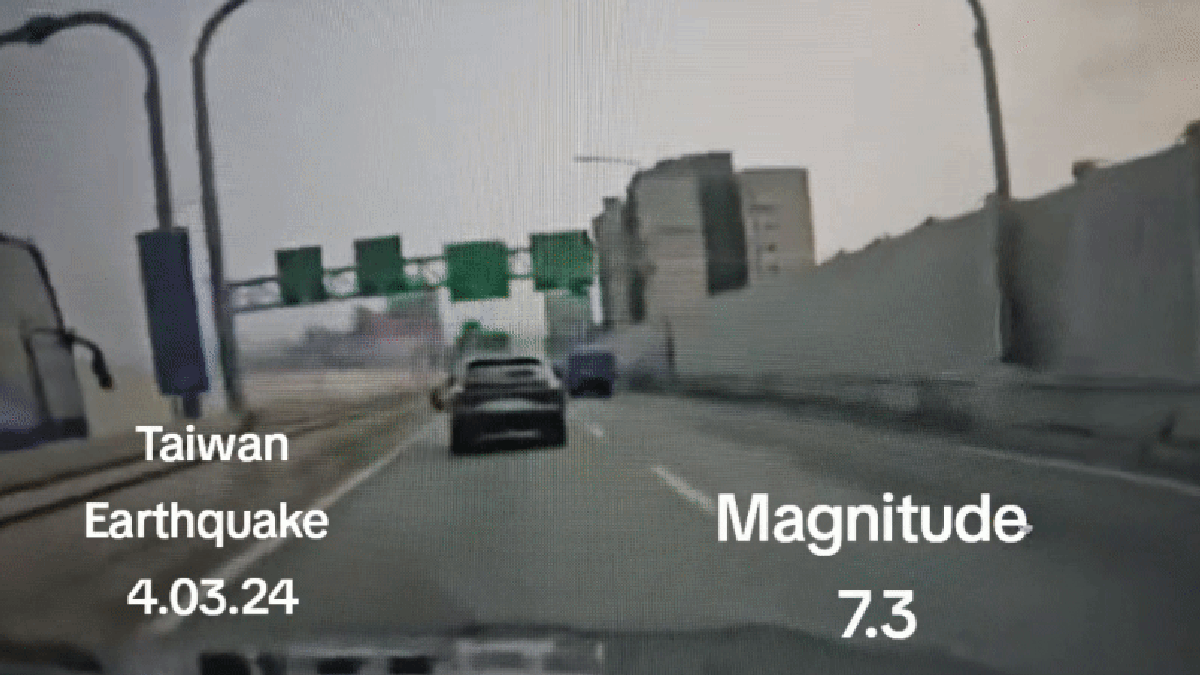Earthquake Safety While Driving
Recently, a small earthquake rattled the East Coast, being felt from Maryland to Maine, reminding us of the unpredictability of natural disasters. In Taiwan, a massive 7.4 magnitude earthquake struck, causing significant damage. These events raise important questions about safety, particularly for those behind the wheel during an earthquake.
Understanding the Risks
For many of us, earthquake preparation drills have been part of our education, emphasizing the importance of seeking shelter under sturdy surfaces. However, little to no guidance has been provided on how to react if you find yourself driving during an earthquake.
Expert Recommendations
The U.S. Geological Survey advises drivers to maneuver their vehicles out of the way of traffic and stop in a safe location away from overpasses, light posts, and trees. If on a bridge, it is essential not to halt the vehicle on the structure.
AAA offers comprehensive guidelines for handling an earthquake while driving, including the following steps:
1. Pull over to the side of the road and engage the parking brake, avoiding stopping under overpasses, power lines, or other hazards that may collapse. Remain inside the vehicle until the shaking subsides.
2. In the case of a fallen power line near your car, do not exit the vehicle or touch metal items inside to prevent electrocution. Contact emergency services and await professional assistance.
3. When driving on a coastal road, tune in to local radio stations for tsunami warnings and follow designated evacuation routes to safety.
4. Ensure your vehicle has sufficient fuel at all times as gas stations may be inoperable during power outages following an earthquake.
5. Prepare earthquake survival kits for each vehicle, including essentials such as water, fire extinguishers, first aid supplies, emergency signaling devices, flashlights, tools, and more.
Safe Practices
While stopping the car in an open space away from hazards is generally recommended during an earthquake, specific precautions must be taken while on or under bridges. Hazards such as falling objects pose significant threats, highlighting the importance of seeking safe locations without overhead dangers.
Immediate Response
Earthquakes often strike without warning, necessitating quick and safe decision-making. Reacting based on your immediate surroundings and prioritizing personal safety is paramount. For further guidance on earthquake response, the CDC provides detailed guidelines to help you stay protected in such situations.
Image/Photo credit: source url





